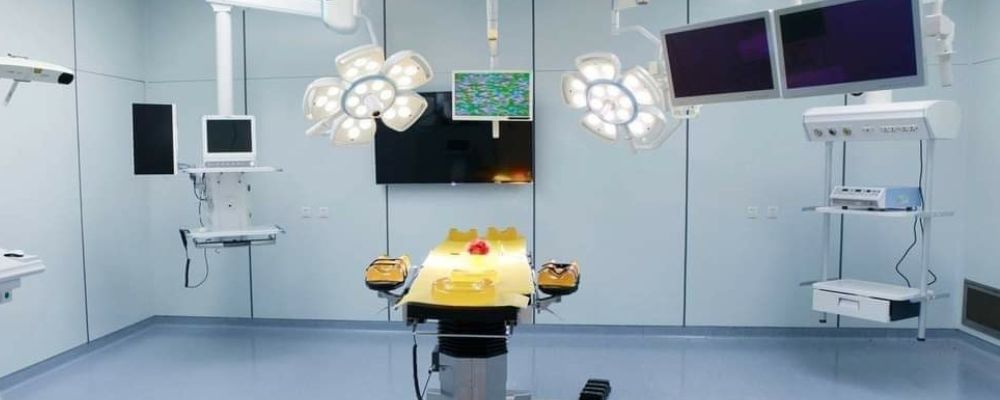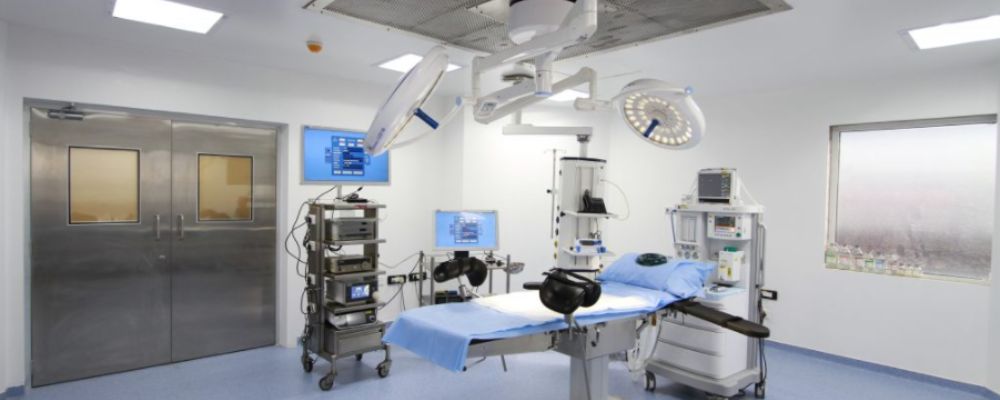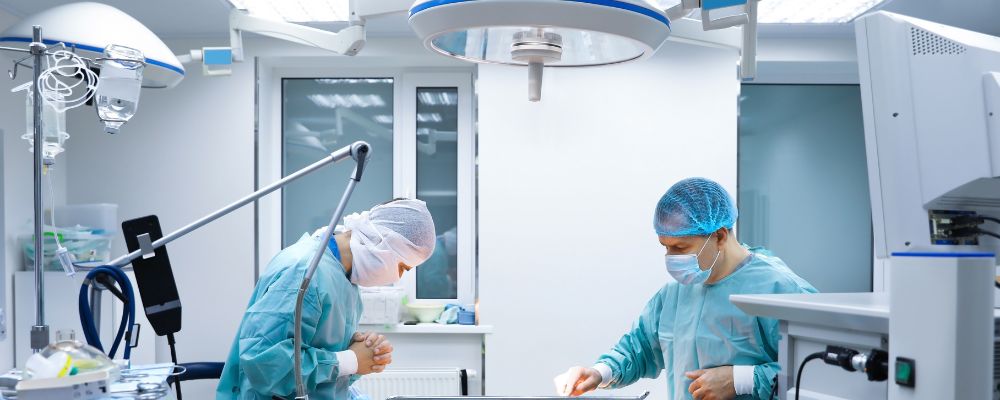In a healthcare interior Designer, maintaining the best possible air quality in an operating room (OT) is essential for both surgical results and patient safety. Establishing both negative and positive pressure settings helps limit the spread of airborne contaminants, ensuring a hygienic and secure atmosphere. You may create positive and negative pressure in an operating room by following the instructions in this blog.
Considering Both Positive and Negative Pressure

It’s important to understand the differences between the two types of pressure situations before beginning the setup procedure.
Positive Pressure
A positive pressure room has higher internal air pressure than external air pressure. This configuration keeps impurities out of the space, which makes it perfect for operating rooms where cleanliness is crucial.
Negative Influence
Inside a negative pressure chamber, the air pressure is lower than the surrounding air pressure. By sucking air in from the outside, this design successfully keeps pollutants inside the space and isolates them. Isolation rooms are usually designed with negative pressure conditions to stop the transmission of illnesses.
How to Establish a Positive Pressure Setting
Planning and Design
- To design the OT layout, collaborate with architects and engineers that specialize in healthcare facilities.
- As doors are opened, make sure the design maintains the pressure differential by including an anteroom or airlock.
Installation of HVAC Systems:
- It is recommended to have a sturdy HVAC system that can sustain a positive pressure atmosphere.
- To guarantee that there are no pollutants in the air entering the OT, install HEPA (High-Efficiency Particulate Air) filters.
Airflow Control
- A high air change rate per hour (ACH) should be maintained. For operating rooms, a rate of 20–25 ACH is advised.
- As long as the OT’s pressure is greater than that of the surrounding regions, keep the filtered air flowing into it consistently.
Observation and Management:
- Install pressure monitoring equipment to keep an eye on the pressure levels all the time.
- Incorporate an alarm system that warns employees when the required amount of pressure is dropped.
How to Establish a Low-Pressure Environment

Planning and Design
- Work with experts to create negative pressure rooms, including isolation chambers or designated procedure spaces.
- These rooms are situated in a way that allows them to successfully hold pollutants without having an adverse influence on other portions of the building.
Installation of HVAC Systems:
- Install a negative pressure environment-creating and -maintaining HVAC system.
- Employ exhaust fans that route the room’s air out the window or use filtering systems developed specifica lly for that purpose.
Management of Airflow:
- Make careful to maintain a high air change rate per hour (12–15 ACH) in order to efficiently eliminate pollutants.
- By regulating the intake and exhaust air balance and making sure that more air is expelled than supplied, you may maintain negative pressure.
Observation and Management:
- Install sensors for differential pressure to keep a check on the pressure levels all the time.
- To alert employees when pressure levels vary from the intended range, install an alarm system.
Combining Positive and Negative Pressure Mechanisms
It’s essential to have positive as well as negative pressure conditions in various healthcare settings.
This is how these systems may be connected successfully:
Zoning
- The OT complex should be divided into zones, with certain parts categorized as environments under positive or negative pressure depending on their intended use.
Coordination of HVAC Systems
- Make use of a centralized HVAC system that is capable of maintaining varying pressure levels in distinct zones.
- Make sure the system is flexible enough to adjust to changing conditions, such as converting the space from negative to positive pressure when necessary.
Areas of Transition
- To preserve the authenticity of each environment, include buffer zones or anterooms between regions that are under different amounts of pressure.
- To stop air from circulating between zones, use interlocking panels and adequate sealing.
Advantages of Maintaining Both Negative and Positive Pressure
There are several advantages to implementing both positive and negative pressure settings in an OT, such as:
- Infection control -: Lowering the chance of cross-contamination and airborne illnesses.
- Improved Patient Safety -: Safeguarding patients with impaired immune systems and maintaining a clean surgical site.
- Enhanced Staff Safety -: Making sure medical personnel are protected from particles that may be contagious.
Conclusion

In an operating room, it is crucial to establish and maintain both positive and negative pressure conditions for both the safety of patients and infection control. Healthcare facilities should guarantee a sterile and safe environment for patients and staff by understanding the concepts of both positive and negative pressure and sticking to the specified protocols.
These systems are essential components in modern medical practice since regular maintenance and monitoring are critical to their effectiveness.
If you are planning onto building such a facility, we SkyDec Engineers are your perfect companion. We are the leading face in healthcare infrastructure. Our extremely skilled team of professionals will help you with your vision and will assist you on grassroot level. Contact Us at 9818153338.
